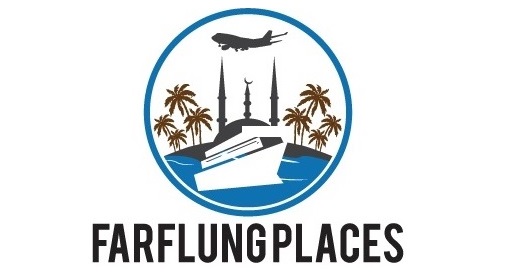 |
It is now the most excavated site in the world, having been re-discovered by archaeologists in the 1860's, and is a now a great place to explore for a day or two. The Library of Celsus, pictured above, dominates the city. Destroyed in an earthquake, it has been rebuilt using the original pieces, and once housed over 12,000 scrolls detailing Roman and Greek histories and philosophies.
You can wander down the main street passing temples to various Gods, statues to present and past leaders, and terraced housing, to the public baths. The highlight here are the rows of toilets, located rather closely together and made of stone. In winter the richer citizens paid their slaves to go and sit on a toilet to warm the cold stone for fifteen minutes before the owner came down to perform their daily ablutions.
The vast theatre was one of the largest in the ancient world accommodating over 24,000 patrons. Here gladiator fights and plays would entertain the populace. Dive into one of the tunnels behind the stage, and then slowly walk back out to imagine what it would have been like to face the huge crowd you were there to entertain, or die for.
A large street leads to the harbour, directly behind the theatre. It is blocked off with rope and signs forbidding entry about half way along. Do not give up, walk to the right along the path leading to the cemetery and past many more temples, mostly un-excavated, and this will lead you after about half a kilometre to the old port.
Most of the port buildings are in a poor state of repair, and covered in vegetation, but these storage warehouses are worth the effort to find and photograph (see the photo below of one of the main warehouses at sunset, somehow defying gravity with its portico of loose bricks). While the main parts of the site are full of visitors, here you will likely to be alone, and can wander freely along small mud paths, pushing aside bushes and discovering ancient mosaics while being surrounded by fallen marble pillars.
 |
* Arrive early, before the tour buses from the Mediterranean resorts such as Izmir and Bodrum arrive. It can be totally overwhelmed by tourists, which can take away a bit of the pleasure of visiting. Alternatively arrive in the cool of the late afternoon in summer, when it is open until late, and you will have the site almost to yourself.
* Start at the top gate and walk down through the city to the bottom gate. Share taxis are easily available to take you to Selcuk, and then on by train to Izmir and beyond.




0 comments